When you browse through the tutorials of hanfu hairstyles, you will find that the use of wigs is widespread. Is it true that girls had long and dense hair in ancient China?
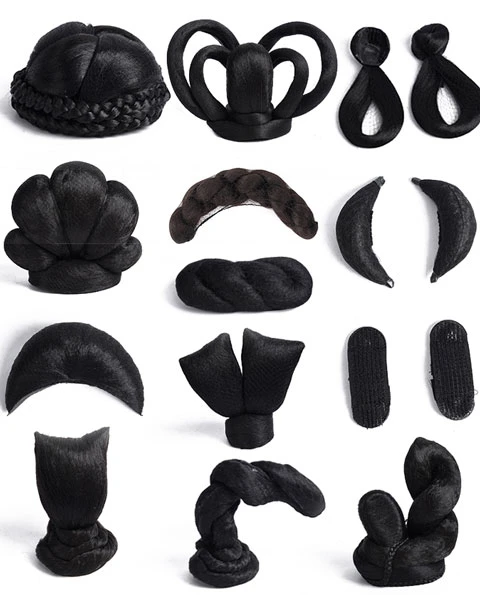
modern hanfu wigs
The eternal problem of thinning hair is not only a problem for modern people, but ancient beauties also needed to rely on wigs to complete the look. The application of wigs has a history of thousands of years. Today we briefly introduce the history of wigs.
Di (髢, dí) and Bi (髲, bì) were the original names for traditional Chinese wigs.
However, not everyone had access to wigs in ancient China. At the beginning of the wig's birth, it was not an ordinary accessory.
The Rites of Zhou records that Zhuishi (追师), a kind of palace official in charge of the empress' headdress, made wigs and headdresses.
追师掌王后之首服,为副编次追衡笄…… ——《周礼》
Fu (副), Bian (编), Ci (次) are three different levels of wig types, only worn during critical events such as rituals, and only for the exclusive use of noblewomen such as empress and madam.
The famous Mawangdui Han tomb has unearthed a well-preserved "Fu" wig. This set of wigs is thick and black, and Lady Xin Zhui chases sparse yellow natural hair to form a sharp contrast. This set of wigs and the lower part of the real hair are decorated with the overall presentation of the coil bun hairstyle.
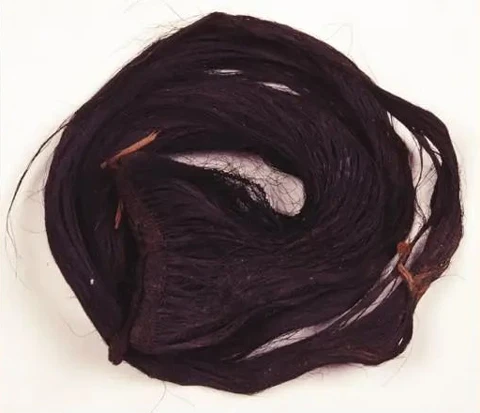
Western Han Dynasty - Wig - Collected in Hunan Museum
Han Dynasty women loved high buns. This aesthetic is not unique to the nobility but profoundly influenced the folk. During the Han Dynasty, there was a folk proverb in Chang'an City: "城中好高髻,四方高一尺."
It means that women in Chang'an city like to wear high buns, so women from all over the city followed suit, and their bun was one foot tall. A foot was 23 centimeters in the Han dynasty. If not relying on wigs, such a bun is challenging to achieve.
The wig is directly made into a fixed shape, called the Jia Ji (假髻, fake bun). It started to appear in the Han Dynasty and was a must-have fashion item for aristocratic women in the Eastern Jin Dynasty during the Taiyuan period.
As with all fashionable goods, the fake bun was expensive and difficult for poor people to afford. Those girls who loved beauty and could not afford to buy a fake bun could only complain that their hair was not good enough.
After the flourishing Tang Dynasty, the high bun became more and more popular, and the style gradually increased. Yang Guifei, the most noblewoman of the Tang Dynasty, preferred to wear a yellow skirt and wig.
After the An Lushan Rebellion, Yang Guifei died in Slope of Mawei, and there was a common saying that "the wing bun was thrown into the river, and the yellow skirt was flowing by the water (义髻抛河里,黄裙逐水流)," showing the irony of the extravagant life of the ruling class.
Song Dynasty, following the legacy of the late Tang Dynasty and the Five Dynasties, prevailed style tall high bun. In the southwest of ancient China, the unmarried girl's bun is as high as half a meter (about two feet).
Such a huge bun, plus the embellished hairpin and headdress, it isn't easy to imagine how heavy.
The popular bun in the Ming and Qing dynasties was no longer as high as in the previous dynasty, but the wigs did not disappear as the height of the bun dropped.
Gu Qiyuan was a Ming dynasty epigrapher and calligrapher. In his book "Ke Zuo Zhui Yan (客座赘言)," he wrote about the fashion and customs of Nanjing. Also, he introduced the production and use of wigs in the Ming Dynasty: the wire was used as a skeleton, and hair was braided on the outside, covered with a bun made of women's native hair, and fixed with a hairpin.
Suppose you are lucky enough to get the opportunity to travel back to the Ming Dynasty, relying on this wig-making method. In that case, you can certainly be called a rich local businessman.
The wig industry of the Qing Dynasty was booming, not only with a large number of styles, but also formed a handicraft industry with regional characteristics.
Yangzhou wig is one of the leading, not only well-made, but also more styles. According to the "Notes of Yangzhou Pleasure-boat" records, the wig style at that time there are butterflies, baskets, and other dozens of species.
By Yangzhou, wig market boom can also glimpse the demand for wigs. Since the market is so large, these wigs from where in the end, to ensure the supply?
But in ancient China, hair is very important to a person, "Bodies - to every hair and bit of skin - are received by us from parents, and must not presume to injure or wound them.", until the last resort, who is willing to sell their hair? Then the raw material of these wigs in the end from where?
The Han Dynasty Confucian scholar Zheng Xuan mentioned in his commentary on the Confucian classic "Yi Li (Etiquette and Ceremonial)" that in ancient times, the hair of the lowly and the tortured would be shaved and made into wigs for the use of noblewomen, which is also called "Ci" in the "Rites of Zhou".
Some women had to make their hair into wigs for money or food because their families were poor. The mother of Tao Kan, a famous general in the Eastern Jin Dynasty, sold her hair to entertain visitors.
Throughout history, there are many examples of rulers forcibly shaving the hair of their subordinates and people.
During the Spring and Autumn Period, Duke Wei Zhuang, the ruler of the State of Wei, ordered his minister Ji Shi to cut off his wife's long hair and then made a wig to give to his own wife, Lǚ Jiang.
During the Tang Dynasty, to curb this similar evil, the court also introduced special laws to protect the people's hair.
- If the culprit shaved all of the victim's hair, the sentence would be one and a half years in prison.
- If the culprit did not shave all of the victim's hair, then pull some of the culprit's hair, and then can be punished by eighty caning punishment.
- If the culprit shaved the victim's hair and used it, it would be a serious crime.
In addition to using natural hair to make wigs, silk and animal hair can also make wigs. Of course, lush hair was not an aesthetic unique to ancient China. Wigs were also frequently seen in ancient China's trade with various countries.
Chinese Hanfu dress culture has a history of thousands of years, and wigs, as essential headgear for women in ancient times, were also once a symbol of respect and rank.
Nowadays, hanfu wigs are increasingly rich in shape, color, and material, no longer have a high political significance, and are becoming synonymous with beauty and fashion.
More about hanfu hairstyle:
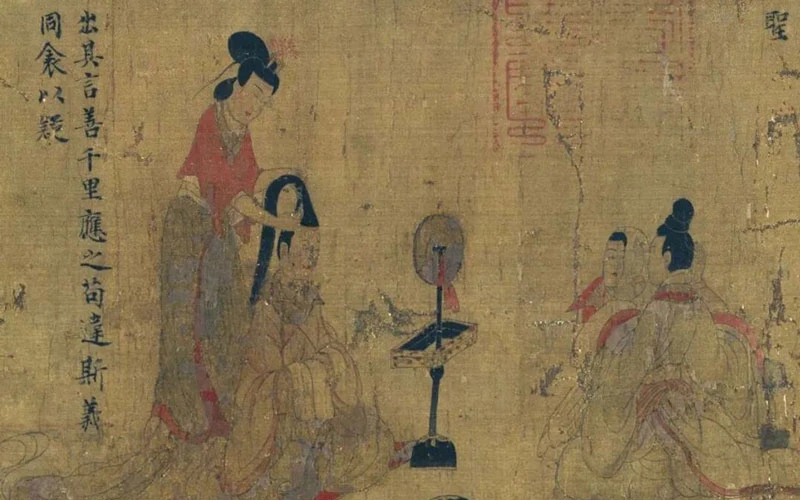
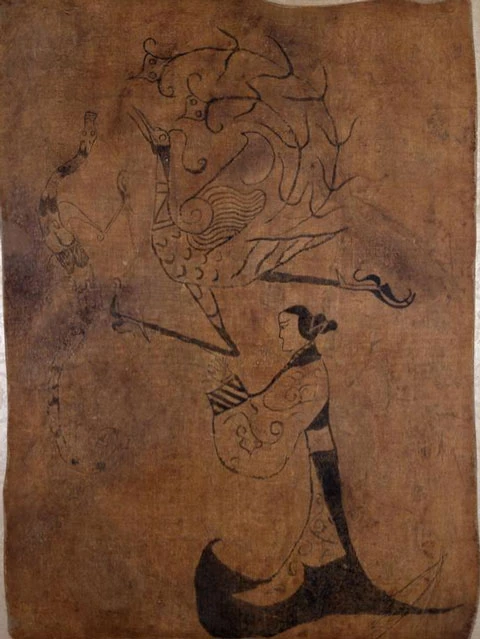
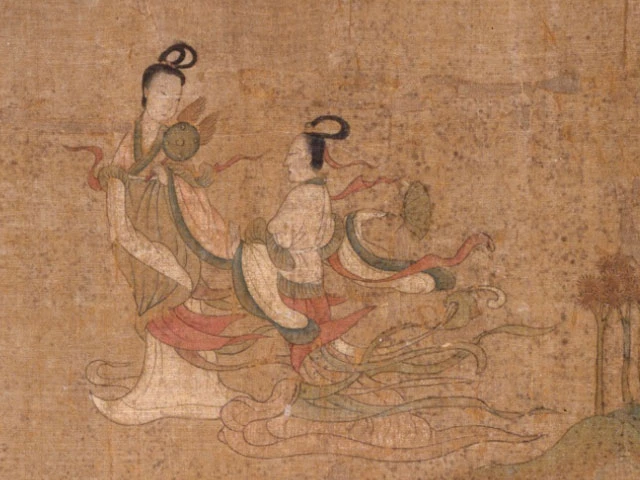


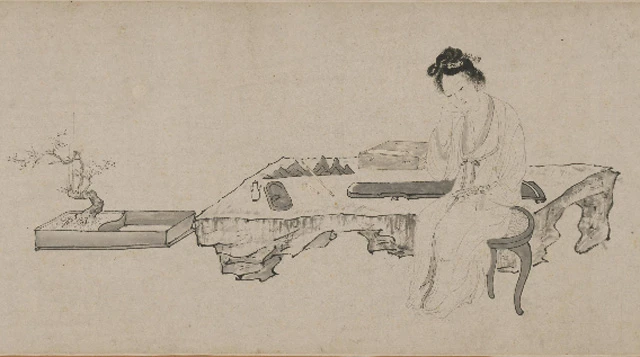

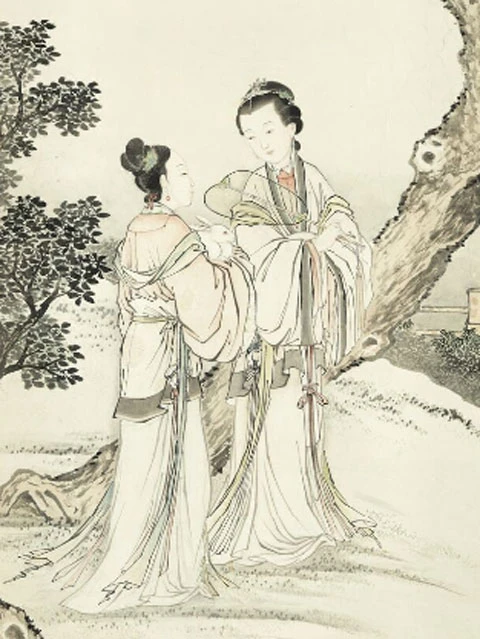

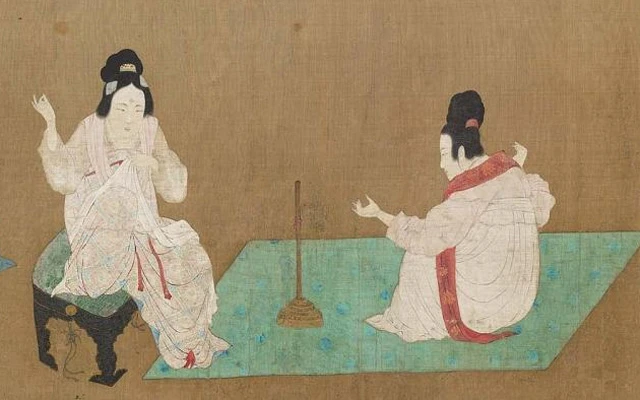
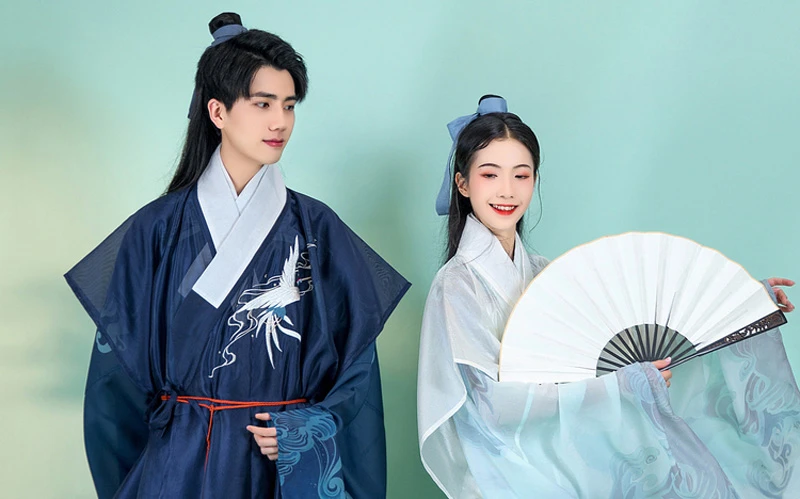
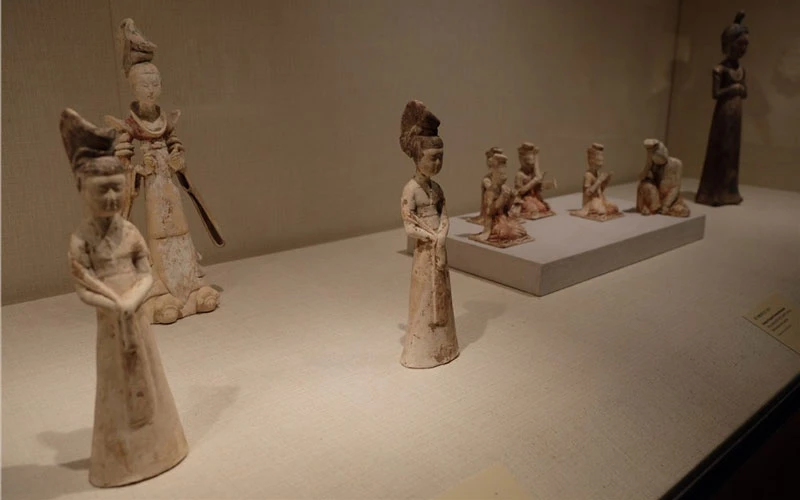

I did not know those hairstyles were wigs. This is really cool.